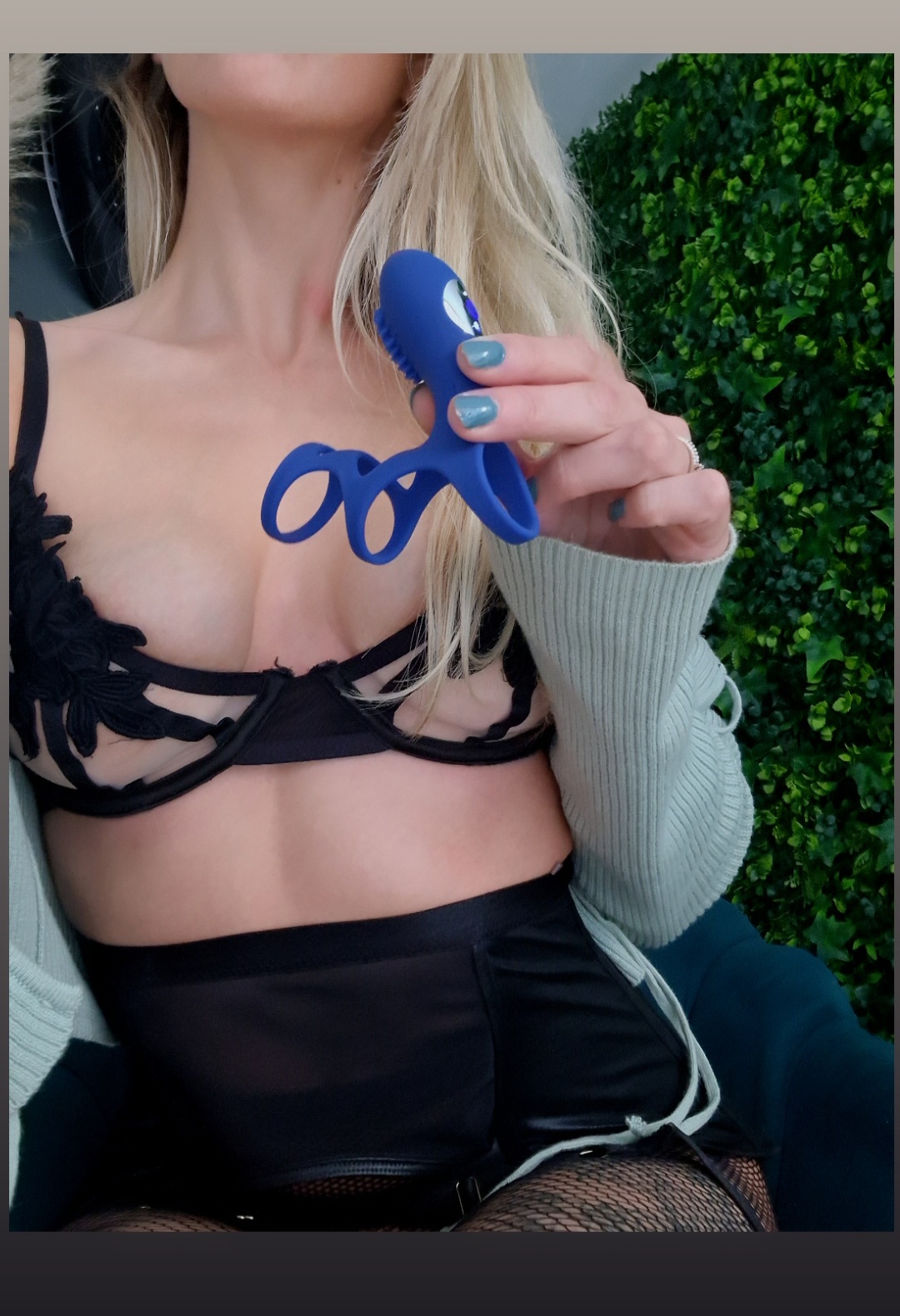Visual Representation of Bisexual Lighting
Bisexual lighting has become increasingly popular in recent years, with many enthusiasts and manufacturers showcasing their unique and often visually striking creations. However, beneath its flashy exterior, bisexual lighting poses some complex and thought-provoking issues that warrant closer examination.
Literal Interpretation

Bisexual lighting has become increasingly popular as a way to add some visual interest to rooms and spaces, particularly in settings where traditional notions of lighting are being challenged or subverted. This style of lighting often features a mix of different colors and intensities, creating a visually striking effect that can be both captivating and disorienting.
However, beneath its flashy surface, bisexual lighting raises some important questions about the nature of language and communication in English. When we describe something as “bisexual lighting,” what exactly do we mean? Are we referring to a specific aesthetic or design principle, or are we using the term more metaphorically to convey a sense of ambiguity or complexity?
One possible interpretation is that bisexual lighting refers to a literal juxtaposition of opposing forces – in this case, light and darkness. This reading suggests that the term “bisexual” is being used to describe something that exists at an intersection or boundary between two opposing states, rather than simply describing a specific visual effect.
Alternatively, one might argue that bisexual lighting is simply a creative or artistic expression, with no inherent meaning beyond its aesthetic appeal. In this view, the term “bisexual” is being used as a form of styling or branding, rather than to convey any deeper symbolic or philosophical message.

Misleading Connotations
Bias in language can take many forms, but one often overlooked issue is the perpetuation of misleading connotations that can subtly shape our perceptions and attitudes towards certain groups or ideas. This phenomenon, known as “misleading connotation,” refers to the ways in which words, phrases, or expressions can be imbued with meanings that are different from their literal definitions, often leading to unintended consequences.
Sexualized Imagery
Bisexual flag and symbolism are often subject to misinterpretation due to their historical context and cultural associations.
For instance, some people assume that the presence of three colors in a symbol signifies equal representation or unity among all three orientations. However, this assumption neglects the complexities of power dynamics and privilege within the LGBTQ+ community. The bisexual flag’s creators intentionally placed the colors on top to signify the erasure of minority groups within the bisexual movement, highlighting the struggle for recognition and acceptance.
Sexualized imagery in language can also lead to misleading connotations surrounding bisexuality. The objectification of individuals based on their sexual orientation or perceived ‘bi-ness’ perpetuates a superficial understanding of the concept. For example, when people say “I’m bi-curious,” it implies that one’s identity is up for exploration, rather than recognizing the complexity of self-discovery and internalized stigma within the bisexual community.
These issues underscore the need to critically examine our language choices and consider their impact on marginalized groups. By doing so, we can work towards creating a more inclusive environment where everyone feels seen, heard, and respected.
Cultural Associations
Cultural associations play a significant role in shaping our perceptions and attitudes towards various concepts, including bisexuality and light sources. In the English language, certain words and phrases can evoke strong emotional responses or connotations, often rooted in societal norms, historical context, and cultural values. For instance, the term “bisexual lighting” may seem innocuous at first glance, but its usage can be problematic due to the existing cultural associations with bisexuality and the potential for misinterpretation.
LGBTQ+ Identity
Bisexuality has long been a source of fascination and sometimes controversy in popular culture. On one hand, the bisexual flag has become a widely recognized symbol of inclusivity and acceptance, often displayed proudly by members of the community.
However, the way this symbol is used can be problematic. For instance, some people may use it as a fashion statement or a conversation starter without truly understanding its meaning or history. This can lead to misrepresentation and marginalization of bisexual individuals who do not identify in the same way.
Furthermore, bisexuals are often stereotyped as being promiscuous or having “free access” to both men and women. These stereotypes can perpetuate harmful attitudes towards bisexuality and reinforce negative perceptions of bisexual individuals.
Additionally, bisexual people of color may face unique challenges related to their intersectional identities. They may experience racism and homophobia simultaneously, making it even more difficult for them to find supportive communities and feel represented in popular culture.
Technical Issues
Bias towards light, rather than being an attractive feature in itself, can have significant issues for certain groups of people. While some may view this as a neutral or desirable aspect of lighting, others may experience stress or discomfort due to its presence.
Inconsistent Color Representation
Bisexual lighting, which features a color palette that combines pink, blue, and purple hues, has gained popularity in recent years due to its unique aesthetic appeal.
However, there are some potential issues associated with this type of lighting, particularly when it comes to color representation on different devices and screens.
Inconsistent color rendering can lead to a loss of detail and vibrancy in the colors displayed, resulting in an inaccurate representation of the desired visual effect. This is because different displays have varying capabilities for rendering specific color frequencies, which can cause discrepancies between the intended and actual output.
For instance, some devices may not accurately reproduce the precise shades of pink or purple that are characteristic of bisexual lighting. This can result in a washed-out or unnatural appearance on certain screens, detracting from the overall visual impact of the lighting setup.
Furthermore, the limited color gamut of some displays may also introduce additional artifacts, such as banding or color fringing, which can further compromise the quality of the colors displayed.
Language Limitations
Language is a complex and multifaceted aspect of human communication, with nuances and intricacies that often transcend literal translation. One area where language limitations are particularly pronounced is in conveying subtle shades of meaning and contextually-dependent expressions.

In English, for example, the same word or phrase can have vastly different connotations depending on the situation and cultural background of the speaker. Idioms, colloquialisms, and figurative language can be particularly challenging to translate accurately, as their meanings often rely on shared cultural knowledge and context.

Tonal Ambiguity
Bisexual lighting, or the use of light in a way that symbolizes the idea of being both ways, has become a popular theme in modern pop culture. However, this aesthetic can sometimes be problematic due to its association with certain subcultures and lifestyles.
One issue with bisexual lighting is that it can be seen as appropriative or stereotypical, especially when used by individuals who are not part of the LGBTQ+ community. The use of colors such as purple and pink, which are often associated with bi culture, can be seen as a superficial way to express one’s identity without truly understanding or respecting the experiences of bisexual people.
Furthermore, bisexual lighting can also perpetuate the idea that being bi is somehow more interesting or desirable than other identities. This can lead to the erasure of the experiences and struggles faced by non-binary and gay individuals, who may feel like their own identities are not taken seriously due to the dominant cultural narrative surrounding bisexuality.
Another issue with bisexual lighting is its reliance on binary oppositions – specifically, the idea that one must be either straight or queer. This dichotomy can lead to a lack of nuance and understanding when it comes to exploring complex identities such as non-monogamy and polyamory.
Ultimately, the use of bisexual lighting should be approached with caution and respect for the complexities and diversity of human experience. While it can be a powerful way to express oneself and connect with others who share similar interests, it is essential to be mindful of its potential pitfalls and strive for greater inclusivity and sensitivity in our expressions of identity.
Shop Fleshlight accessories for added pleasure at Peaches and Screams Buy anal beads for intense pleasure at Peaches and Screams Buy sex toy essentials for all your intimate needs at Peaches and Screams Buy Satisfyer Pro for innovative and powerful clitoral stimulation at Peaches and Screams Buy ball and chain for added pleasure and play at Peaches and Screams Buy rabbit vibrators for simultaneous stimulation at Peaches and Screams
Pets R4U My Mental Health Rocks Mocha Kid Magazine
- Where To Buy The Craftsman Series Vape At The Best Price - January 2, 2026
- When Can You Put Lipstick After Lip Filler - December 30, 2025
- What To Not Do Before Lip Filler - December 29, 2025
